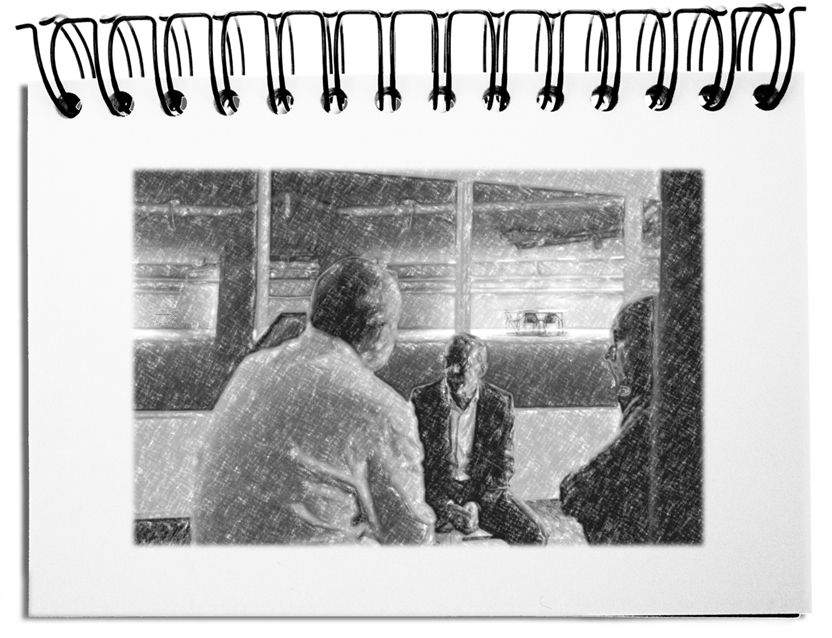The pandemic has mainly set the ossified procedures of white-collar workers in motion. For a long time, there have been new approaches for collaboration – e.g., leaner structures; one-stop task, authority, and responsibility (TAR); dissolution of lengthy bureaucracy; mobile working. It gives employees more rights and obligations. Managers lose their raison d’être: decision-making, leadership, and control. A resolution is made on the spot by those involved. Nevertheless, there is still an overarching body that decides in case of doubt.
Nowadays, different areas are involved in a decision, all of which have their intentions and make the following aspects noteworthy.
- The subsidiarity mindset
The appropriate place must be found to dissolve cumbersome ways of decision-making. The Catholic Church formulated a blueprint for this in 1931. The principle of subsidiarity in Pope Pius XI’s encyclical on the restructuring of the social order describes the division of labor as follows:
“The supreme authority of the State ought, therefore, to let subordinate groups handle matters and concerns of lesser importance, which would otherwise dissipate its efforts greatly. Thereby the State will more freely, powerfully, and effectively do all those things that belong to it alone because it alone can do them: directing, watching, urging, restraining, as occasion requires and necessity demands. Therefore, those in power should be sure that the more perfectly a graduated order is kept among the various associations, in observance of the principle of “subsidiary function,” the stronger social authority and effectiveness will be the happier and more prosperous the condition of the State.”
Today’s VUCA world can use this approach to maintain momentum and employee engagement. The cross-functional, universally recognized authority decides when a decision cannot be made at its level. - Clear roles
Continuous decomposition into smaller parts leads to temporary networks that replace rigid hierarchies and exclusionary silos. Clear roles are needed that describe the tasks, authorities, and responsibilities (TAR) of those involved.
Due to the fast-paced circumstances, roles are replacing small-scale individual job descriptions. Stakeholders need requirements for their actions as general as possible, with sufficient leeway for unforeseen circumstances. - Compromises
The professional tasks lead to different interests, intentions, and constraints. Only the joint negotiation of a decision by those affected leads to a feasible result accepted by all. Immediate delegation upwards does deliver a decision. However, Top-Down decisions lead to the displeasure of ALL parties involved: a) because they are not part of the decision-making; b) because, for them, the most important aspects are not considered. In the end, all parties have to make concessions and let go of some wishes to achieve a result. Finding a compromise depends on the solution’s longevity – the longer, the more elaborate the negotiation. The parties’ concluding willingness and decisive commitment is the basis for the viability of the consent. - Continuous improvement
A primary enemy of creative solutions is the presupposition that the VUCA world stops turning after a decision. Every solution results in more or less persistent change – the construction of highways changes the landscape for a long time; agreeing on a typical course of action can be adjusted at any time.
In VUCA times, we incessantly learn what works and what doesn’t. It can lead to the need to undo or change something again. With the Japanese consensual philosophy of Kaizen (改善), approaches are available to do something better without denigrating previous solutions and to avoid face loss. - Consequences for decision-makers
The previous points result in a mindset that enables the participants to compromise. The previous negotiating skills will be expanded by empathizing with other people, recognizing their intentions and readiness, and responding appropriately to achieve Win-Win outcomes.
In the VUCA world, little lasts. For this reason, parties should be less insistent on their desires. With empathy and a clear prioritization of their wishes, they achieve more viable results. - Highlander principle
If the parties do not find each other, then a decision needs the back door of the higher level. The archaic Highlander Principle then applies: There can be only one. As long as there are several equal negotiators, it boils down to a conflict of interests that can only be resolved with compromise.
In the VUCA world, such decisions increase the risk of failure. If those affected are not sufficiently involved, top-down resolutions are required.
Bottom line: It is impossible to satisfy all those affected with one resolution. Because of the different intentions, more or less significant compromises are necessary to achieve a result. The people in charge and the scope of action are outlined, using the principle of subsidiarity and clear roles. If the compromises are expected by those involved, it is easier for them to find an agreement. Afterward, it is always possible to improve. It is crucial for the decision-makers to develop an appropriate mindset to not insist on requirements and give in to others. If there is no result, there is always the possibility to use a SINGLE decision-maker according to the Highlander principle. ALL should understand that multiple deciders ALWAYS create compromises.


